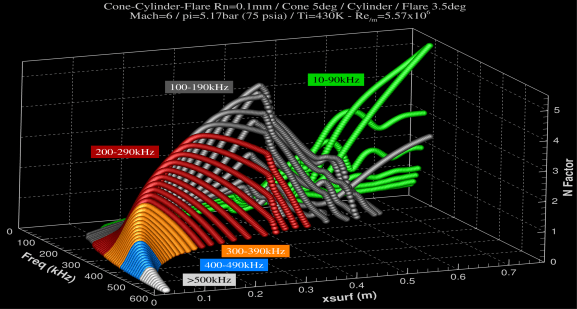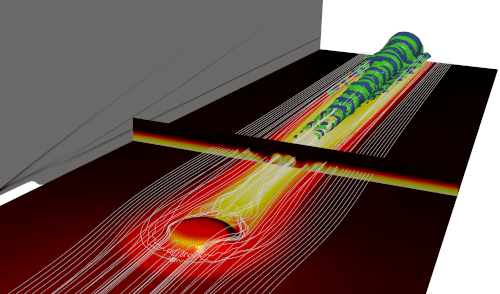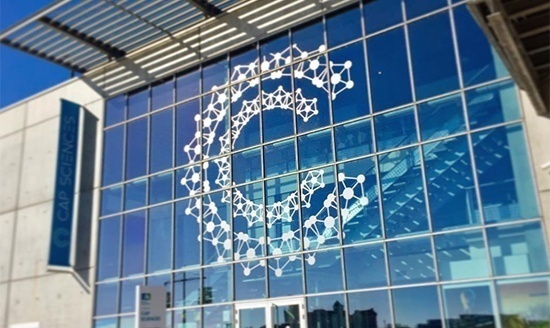© 2020 HyFAR-ARA – Design & development ClictoutDEV – Legal information
The HyFAR-ARA association, the symposium organizing committee, and the symposium scientific committee are happy to welcome you on the homepage of the 2nd European Symposium on Laminar/Turbulent Transition in Hypersonic Regime.
The symposium is now over. We were 50 participants and we hope you had many opportunities to exchange with your peers. From the introduction by Pr Schneider to the round table discussions, not forgetting outstanding presentations on highly important and various topics, many interesting ideas were disseminated : they can be the seeds for a 3rd edition that, according to the round table conclusions and following discussions, is widely expected by participants.
Thanks to all for making this symposium a success !

Group photo inside “Cap Sciences” building
Organizing Committee
- Jean Philippe BRAZIER (ONERA)
- Reynald BUR (ONERA)
- Olivier CHAZOT (VKI)
- Pietro CONGEDO (INRIA)
- Sébastien ESQUIEU (CEA)
- Marina OLAZABAL (CEA)
- Dominique PIROTAIS (CEA )
- Philippe TRAN (ArianeGroup)
Scientific Committee
- Jean Philippe BRAZIER (ONERA)
- Reynald BUR (ONERA)
- Olivier CHAZOT (VKI)
- Pietro CONGEDO (INRIA)
- Sébastien ESQUIEU (CEA)
- Stefan HEIN (DLR)
- Julien LEFIEUX (MBDA)
- Marina OLAZABAL (CEA)
- Neil SANDHAM (U. Southampton)
- Johan STEELANT (ESA)
- Christian STEMMER (U. München)
- Philippe TRAN (ArianeGroup)
Next milestone : 3rd edition of the symposium (date TBD)
Introduction to the symposium
Background
Why hypersonic regime ?
Be they hypersonic gliders or reentry vehicles, working on design and assessment of high velocity flight vehicles is HyFAR-ARA’s core mission.
Hypersonic regime also evidences unique features when it comes to laminar/turbulent transition. And although knowledge and tools have made huge advances since the pioneering works of bright scientists like Tollmien, Schlichting, Schubauer, Skramstad, Mack etc, the path is still long towards full understanding and routine predictions.
In addition to that, since a few years interest in hypersonics has grown very fast among the communities of research, industries and institutional organizations.
These are some among many reasons why the HyFAR-ARA association chose to focus on that particular field of physics when designing the event.
Why transition ?
When designing flight vehicles travelling at very high Mach numbers in the atmosphere, correctly predicting the instants of transition from laminar to turbulent flow in the boundary layer is paramount.
Turbulence outbreak indeed increases heat fluxes, modifies vehicles aerodynamic perfomances, and has thus a critical influence when it comes to TPS or flight control design.
For decades, empirical models based on ground or flight experiments have been the cornerstone of transition assessment. Although effective, the method has some drawbacks, among which design costs and duration come first.
For decades also, engineers and scientists have struggled to build new models and predicting tools, as well as new experimental tools, in order to constantly improve the knowledge of transition phenomena and thus overcome the empirical way limitations.
Symposium inception
Acknowledging the importance of transition issues in high velocity flight vehicle design and the need to constantly improve the knowledge in this field, the HyFAR-ARA association built up on existing networks within its members and the european and US communities to call for a dedicated event in 2020.
This initiative raised a great interest, but was unfortunately abruptly stopped by the COVID pandemic.
In order to preserve the momentum impulsed by the preparation of the event, a videoconference was decided in 2021 which was a great success (more than 80 registrations). Many participants expressed their interest for a full in person meeting of a similar format.
The Organizing Committee of 2021 then quickly resumed its activities and took actions to prepare an in person edition of the symposium.
This ended in this second edition that, with the help of new individuals who joined the core team of 2021, the HyFAR-ARA association and its members are pleased to host from 4th to 6th October 2023 in Bordeaux
Symposium in a nutshell
Objectives of the symposium
- Gather people working on boundary layer transition for hypersonic applications: experts, aerospace engineers as well as students
- Exchange about the current state of the art and innovative practice in all the fields of knowledge:
- ground tests
- numerical simulation
- flight tests
- flight vehicle design
- Present current activities
- Identify best practices
- Promote networking between participants
A forum for exchanges between peers
We expect that the symposium will be an opportunity for all participants to share experience, results, major breakthrough, and perspectives from various points of vue among which :
- Challenges in reentry and hypersonic system design raised by laminar/turbulent transition
- Numerical and experimental methods for laminar/turbulent transition analysis in hypersonic regime
- Current transition studies and programs in hypersonic regime
- Hypersonic Quiet Tunnels
The preceding edition of May 2021 had to make choices on topics selection because of the extremely constrained time frame. We discarded in particular flight test issues deliberately, delaying talks and presentations on that topic to the following edition.
We thus particularly encourage participants with experience in flight test design and analysis to submit papers or posters.
Key dates & Agenda
Key dates
-
Call for abstracts : March 6th 2023
-
Deadline for abstracts : May 31st 2023
-
Registration opening for abstract authors : May 31st 2023
-
Preliminary program : June 16th 2023
-
List of selected abstracts : June 26th 2023
-
Registration opening for all participants : June 26th 2023
-
Program and abstracts published : Sept. 5th 2023
-
Deadline for registrations : September 20th 2023
-
Presentations submission deadline (authors of posters are required to bring them at venue) : October 2nd 2023
-
Symposium : October 4th to October 6th 2023
Below is the final schedule of the 3 days.
The format of the meeting is the following :
- presentations : 20 minutes + 5 minutes for questions
- keynote 1 : 1 hour 15 minutes + 15 minutes for questions
- keynote 2 : 45 minutes + 15 minutes for questions
- round table : 1 hour
2 invited keynotes are programmed :
- first one by Pr Schneider of Purdue University : Hypersonic laminar-turbulent transition: an overview
- second one will address the flight tests topic (author S. Willems)
Abstracts
Countdown to symposium has started
The call for abstracts for TRANSITION 2023 has just been opened. We are pleased to invite you to share your experience with your peers and submit an abstract.
The topics that will be covered by the symposium are the following :
- Topic 1 : Flight tests results and analysis
- Topic 2 : Challenges in reentry or hypersonic vehicle design raised by laminar/turbulent transition regime
- Topic 3 : Numerical methods for laminar/turbulent transition analysis in hypersonic regime
- Topic 4 : Experimental methods for laminar/turbulent transition analysis in hypersonic regime
- Topic 5 : Current transition studies and programs (includes preparation and execution of ground and flight tests)
- Topic 6 : Advanced diagnostics in ground and flight tests
- Topic 7 : Ground tests results and analysis
- Topic 8 : High enthaply flight physics
As the short timeframe of the virtual edition of the symposium in May 2021 constrained us to discard presentations on flight tests, we particularly encourage proposals on that topic.
IMPORTANT : for a limited time, we give priority of registration to those submitting an abstract. Please register as quick as possible after receiving notice of acceptance.
For more details, see the section « WHY SHOULD I SEND MY ABSTRACT AS SOON AS POSSIBLE ? » at the end of this call for abstracts, or have a look to the registration section.
What are the general requirements ?
The general requirements for abstracts are the following :
- Include :
- Title
- First and last names of the authors with clear identification of the “corresponding author”
- Affiliation, postal address and e-mail of each author
- Mention 3 or more keywords describing the subject of the abstract
- Mention at least one of the 8 topics above to which the publication is relevant
- Mention if you prefer presenting your paper during an oral session, during a poster session, or if you do not have a preference
- Microsoft Word file (preferably) or LateX
- Maximum 2 pages A4 format
- Font : Times New Roman, size 10
- Line spacing single
- Join at least one illustration (jpg, png, etc…) 500×500 pixels or more
We plan to publish all the abstracts on this page once the call for abstracts will be closed. Please mention explicitely in your paper if you accept this publication or not.
Mandatory abstract language is english. You may nevertheless add a translation in your mother tongue if you wish. Both versions will be published online.
How do I submit my abstract ?
The point of contact is the symposium secretariat. Send your abstracts to the secretariat e-mail :
secretariat_transition2023@hyfar-ara.org
You will receive a reply confirming the good reception of your abstract.
What is the deadline for submitting my abstract ?
The deadline is May 31st 2023
How and when will I receive acceptance ?
The Scientific Committe will evaluate your proposal immediately after reception.
You will be noticed of acceptance or rejection through a mail from the symposium secretariat.
Delay for response should be short, and in any case not later than a week after abstracts submission deadline.
The mail will also contain a link to the symposium registration page.
We STRONGLY recommend that you register shortly after receiving the mail notice (see following section)
Why should I send my abstract as soon as possible ?
As the number of seats in the conference room is limited, we do not want to take the risk that participants presenting an abstract may fall short of available place.
We thus give attending priority to those presenting an abstract. For that we will open the regular registration period only 2 weeks after final abstracts acception notice, hence you will have at least 2 weeks to register before the general public.
Moreover, if you don’t wait the last minute to send your abstract, you will be able to receive your acceptance notice much earlier and have even more chance to register successfully.
Do not miss this opportunity : we would all be confused to have your abstract accepted and at the same time be obliged to deny you the access to the symposium.
We also STRONGLY recommend to book your hotel room as soon as possible (see more about that on webpage registration section).
We look forward to seeing you in Bordeaux next Fall
Presentations
&
Photo Gallery
Right click on the images to follow the links to the photo gallery and the presentations’page.
The access to the presentation’s page is restricted by password.
If you don’t have this password, please contact the Organizing Committee through the online form at the bottom of this page.
Venue & catering
Cap Sciences
Some words on the venue
Cap Sciences is one of several Centers for Scientific, Technical and Industrial Culture (CCSTI in french) whose mission is to promote scientific culture for the general public (website).
Cap Sciences is supported by the culture administration, local authorities and local industries (for a full information on supporting entities follow this link : governance ).
Cap Science is situated along the Garonne bank, in what was formerly one of the commercial hangars of Bordeaux ancient port, namely “hangar 20”.
The venue is 10 minutes tramway ride away from the very heart of Bordeaux.
Meeting room and posters room
The symposium will take place in the following two rooms inside Cap Sciences building (both on first floor) :
- the so called “Salle de Conférence” (Conference Room) which can accept up to 70 participants.
This constraint on available seats is the reason why we will open registration first to individuals whose abstracts will be accepted by the Scientific Committee.
The registrations will then resume from the abstract submission deadline for everybody (see “call for abstracts” and “registration” sections of this page
- the so called “Café des Sciences” where the poster sessions will take place
directions to Cap Sciences
The simplest way to get there is to use the Tram.
Take lign B towards “Berges de la Garonne” and exit at “Cité du Vin” station.
From there, it’s a one-minute walk across the boulevard to the building (see location map on the right).


Tram B : “Cité du Vin” station

Cap Sciences building (view from “Cité du Vin” tram B station)

Chaban Delmas bridge

Cité du Vin (Wine Museeum)
Lunches & Social event
Lunches and social event of October 5th will take place in Café Maritime restaurant which is situated within walking distance from the venue (see slides on right)
Touristic spots &
public transportation
Tramway plan with touristic spots
1 : Grand Théâtre
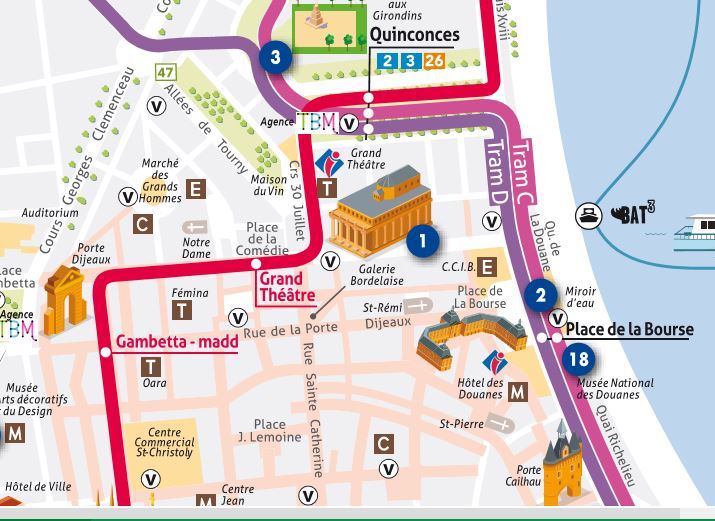
hotspot-01-Grand-Théâtre

Grand-Théâtre (crédit Steve Le Clech Photos)
2 : Miroir d’eau

hotspot-02-miroir-d-eau
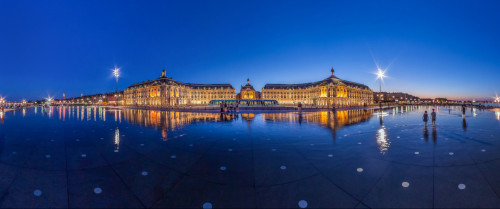
Miroir d’eau (Crédit Christophe Bouthé (2)-Vent d’Antan)
3 : Place des Quinconces

hotspot-03-Place des Quinconces
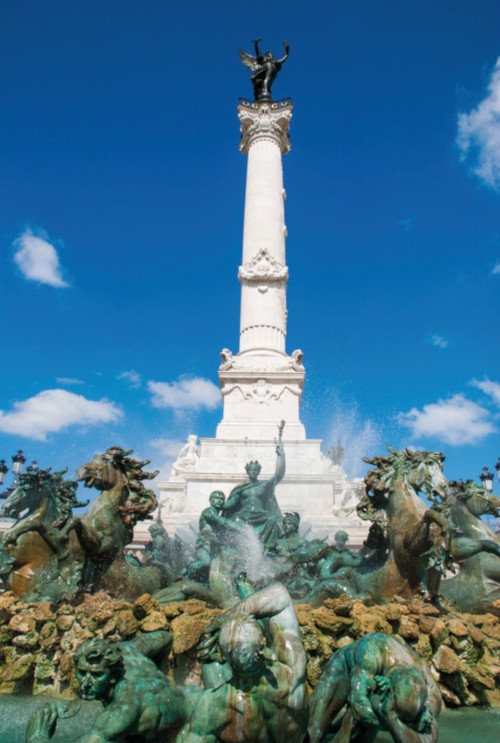
03-Place des Quinconces : monument aux Girondins (crédit-Vincent Bengold)
4 : Jardin public

hotspot-04 : jardin public
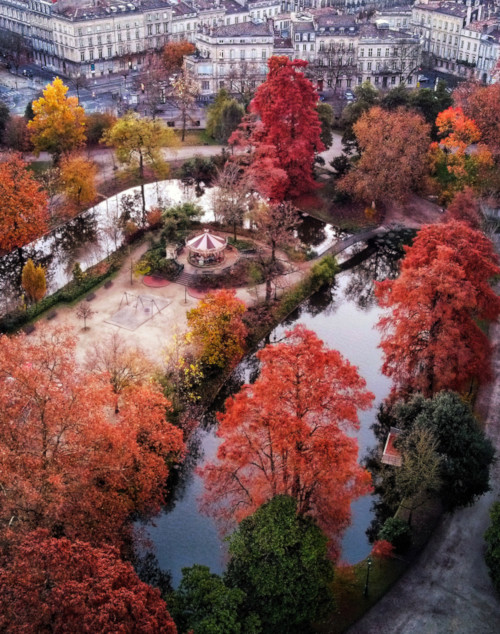
04- Jardin public (©Cyril Cosson – Droniryc)
5 : Porte Cailhau

hotspot-05 : Porte Cailhau

05-Porte-Cailhau (© Deepix)
6 : Cathédrale St André et Tour Pey Berland

hotspot-06: Cathédrale St André et tour Pey Berland

06-Cathédrale Saint-André (Crédit : Teddy Verneuil – @lezbroz)
7 : Place de la Victoire
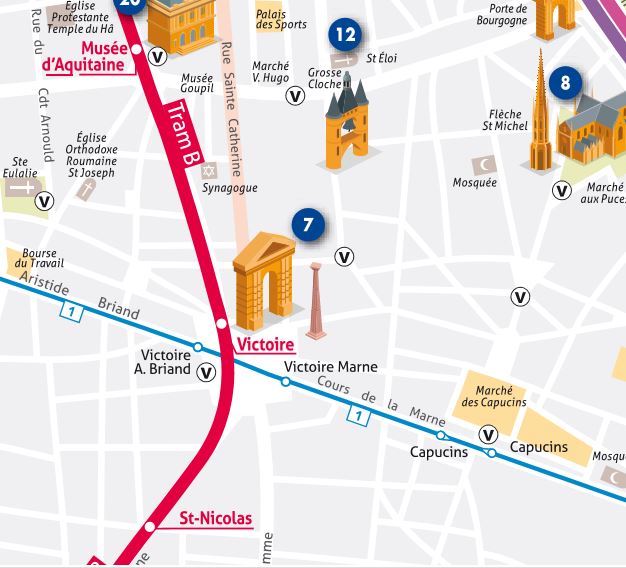
07- Place de la Victoire
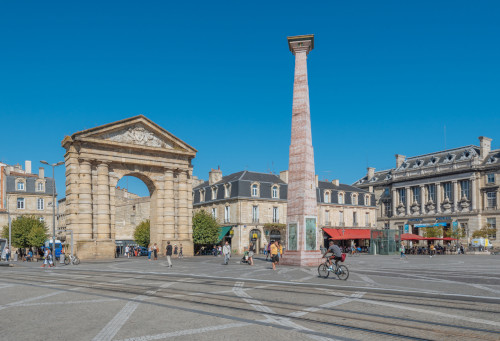
07- Place de la Victoire (©Nicolas-Duffaure)
8 : Basilique Saint Michel

08-Basilique Saint Michel
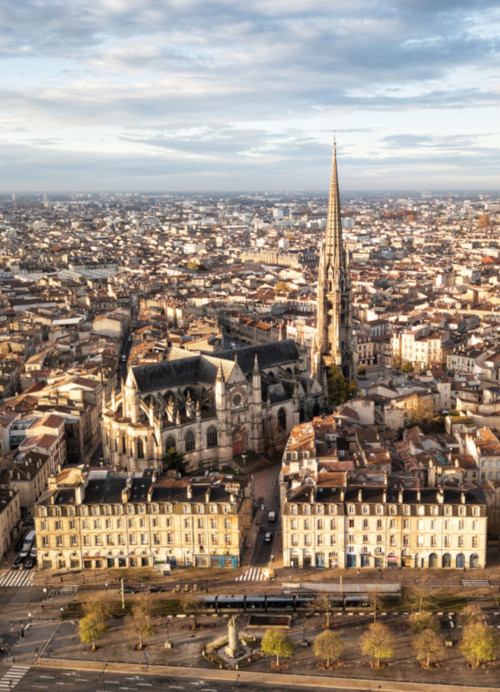
08-Basilique Saint Michel (©Cyril Cosson-Droniryc)
9 : Les Hangars – Quai des Marques
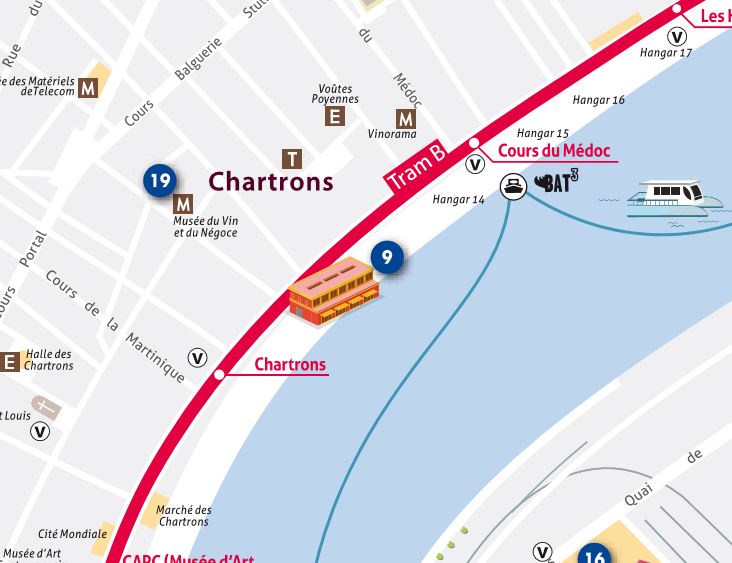
09 – Les Hangars – Quai des Marques

09- Quai des Marques (crédit Bordeaux Metropole – Didier Doustin)
10 : Place Stalingrad – Le Lion bleu de Veilhan

Place Stalingrad – Le lion bleu de Veilhan

10- Place Stalingrad – Le lion bleu de Veilhan
11 : Jardin botanique

11- Jardin Botanique
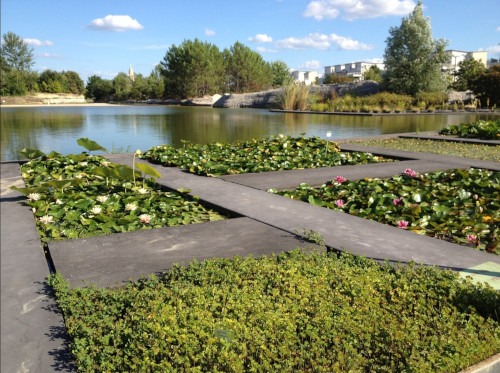
11-Jardin Botanique-(Crédit Sophie Duboscq)
12 : La Grosse Cloche

12 – La Grosse Cloche

12-La Grosse Cloche (©picsol)
13 : CAPC (Musée d’art contemporain)

13-CAPC (musée d’art contemporain)
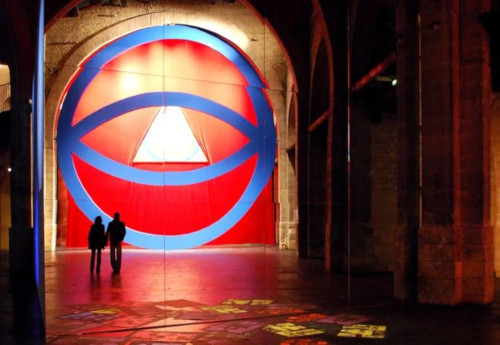
13- CAPC (Musée d’art contemporain)
14 : Musée des Beaux Arts

14- Musée des Beaux Arts
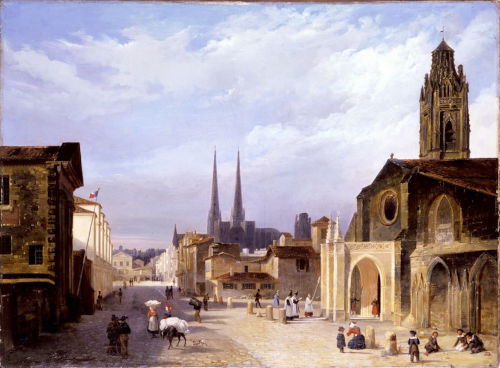
14- Musée des Beaux Arts (crédit musba)
15 : Musée des Arts Décoratifs
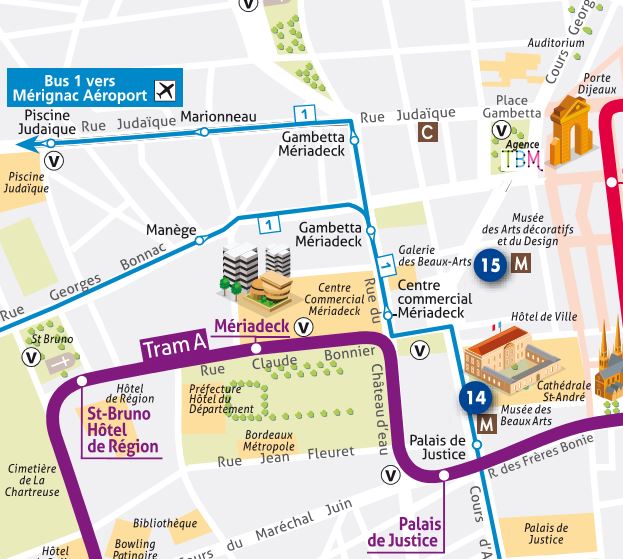
15- Musée des Arts Décoratifs

15-Musée des Arts Décoratifs (©madd-bordeaux – I. Gaspar Ibeas)
16 : Espace Darwin

16- Espace Darwin

16- Darwin Caserne Niel (crédit Nicolas-Duffaure)
17 : Cap Sciences (Hangar 20)
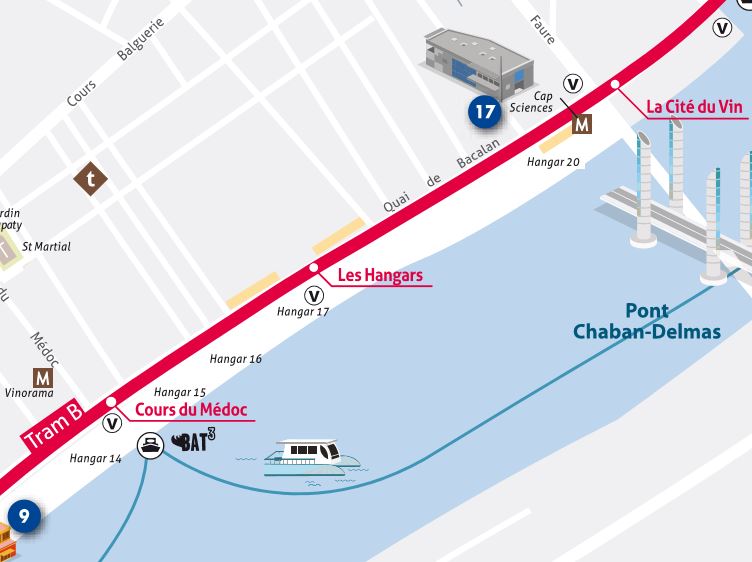
17- Cap Sciences

Cap Sciences building (view from “Cité du Vin” tram B station)
18 : Musée national des douanes
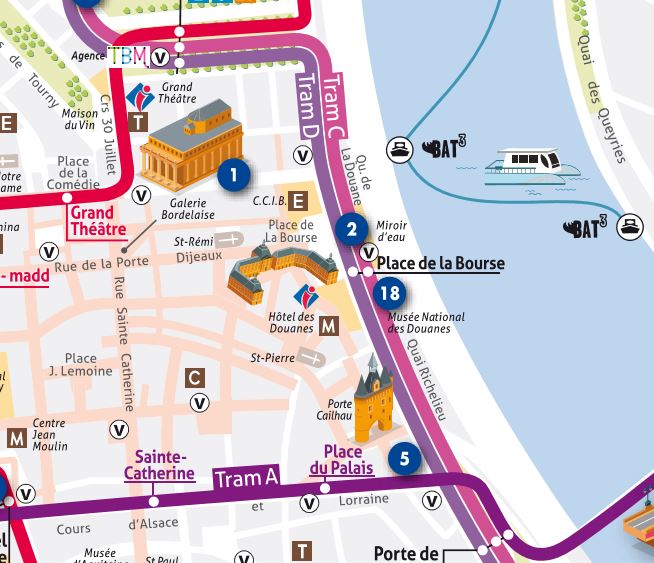
18- Musée National des Douanes
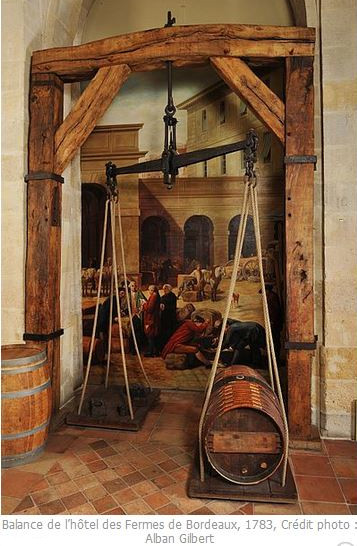
18- Musée National des Douanes
19 : Musée du vin et du négoce
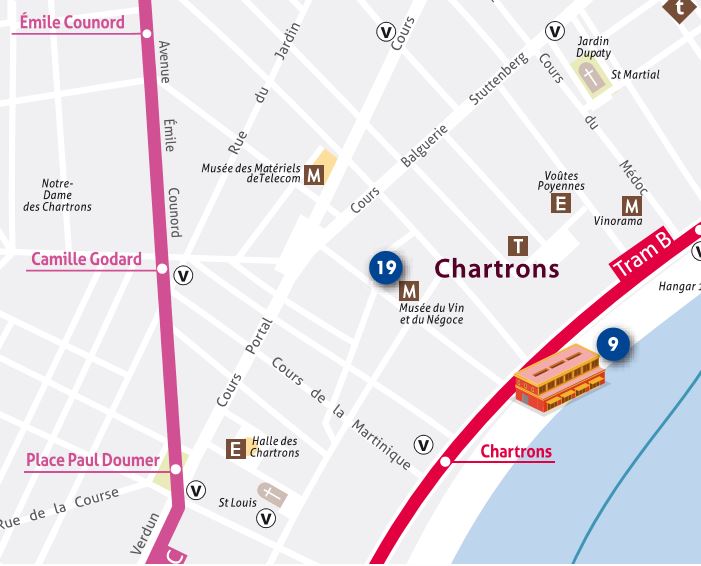
19- Musée du Vin et du Négoce
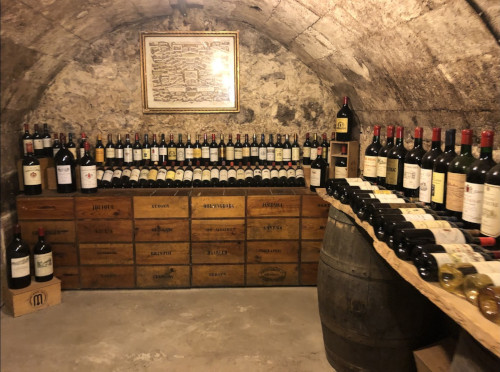
19- Musée du Vin et du Négoce (© C.Pamelard)
20 : Musée d’Aquitaine
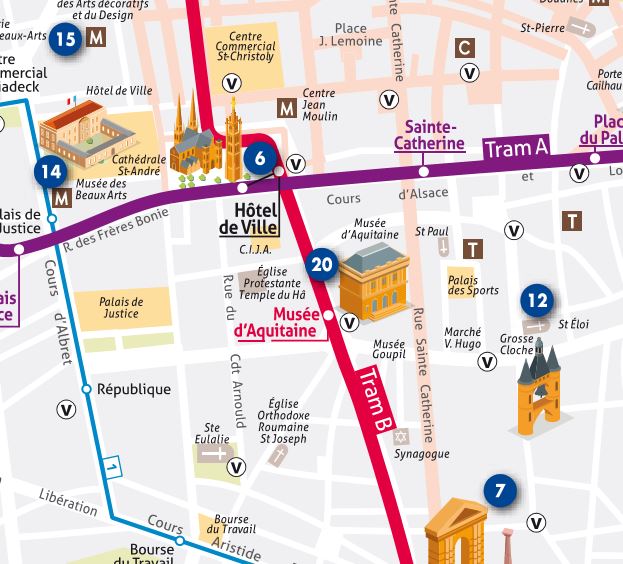
20- Musée d’Aquitaine

20- Musée d’Aquitaine (crédit Mélanie Tammeveski)
21 : Cité du Vin

21- Cité du Vin
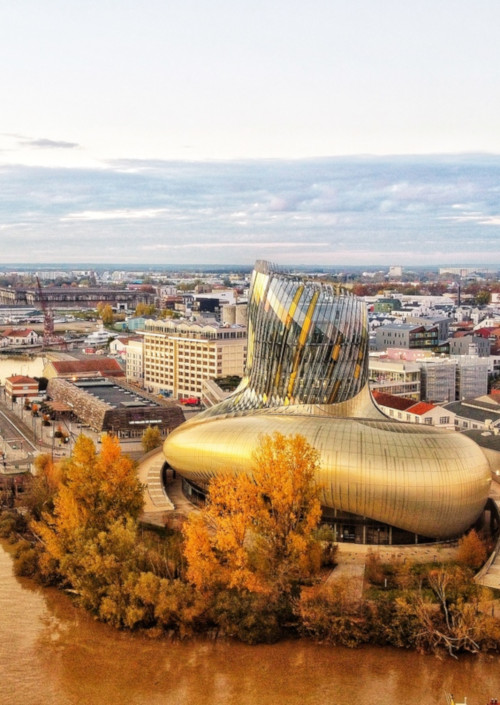
21- Cité du Vin (© Cyril Cosson-Droniryc ; XTU architects)
22 : Map ressources
Contacts and Registration
Registration to the symposium
The participation to the symposium amounts to :
-
- regular registration : 300 €.
- students, PhD : 150 €.
This includes all the scientific sessions, breaks, lunches and social event of October 5th 2023.
Lunches will take place in nearby restaurants. The gala dinner of October 5th will also take place close to the venue.
To registrate follow the link below to the payment page
Registration deadline is September 15th 2023.
However, due to the restricted number of possible participants imposed by the conference room capacity, we invite everybody to registrate as soon as possible after registration opening.
If the full capacity of the conference room is reached, a waiting list will be opened.
Booking hotel rooms
We STRONGLY advise early accomodation booking as well.
Bordeaux is in fact a place where some of the 2023 Rugby World Cup matches will happen.
By choosing dates outside the more demanded period, we have mitigated the risk of difficulties to find interesting hotel rooms with reasonable cost.
It is wise nevertheless to book as soon as possible (in case of problems to attend the symposium, the hotels generally refund at no cost till dates close to the first night).
Contacts with local organization team
If you need to contact the organization team, please use the form below. We will answer as soon as possible.
You can also send mails at secretariat_transition2023@hyfar-ara.org






